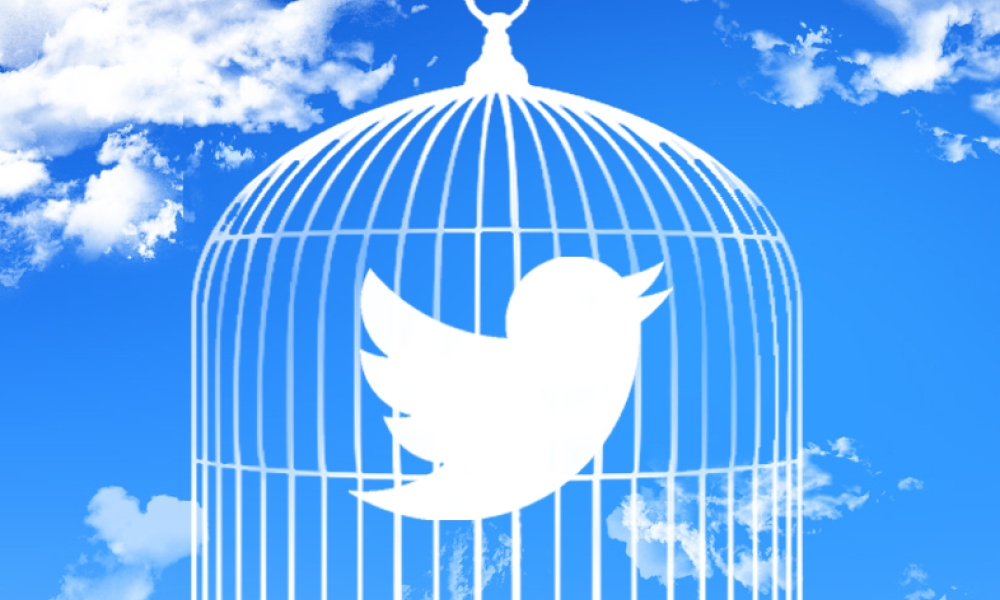This study is one of the largest analyses to date on the spread of fake news on Twitter during and after the 2016 US election campaign. It used tools and mapping methods from Graphika, a social media intelligence firm, to study more than 10 million tweets from 7,00,000 Twitters accounts linked to more than 600 fake and conspiracy news outlets. The study also focuses on fake and conspiracy news both before and after the election in order to measure the evolving structure of the fake news structure since November 2016.
Highlights:
- There were more than 6.6 million tweets linked to fake and conspiracy news outlets in the months before the 2016 election. Discontinuation continued to be a substantial issue post-election, with more than 4 million fake and conspiracy linked tweets found between mid-March to mid-April 2017. More than 80 per cent disinformation accounts in the study's electoral maps still remained active when this study went to press.
- A few fake and conspiracy outlets dominated during election period, a statistic which remained unchanged six months later. These top 10 fake news outlets still remain active and stable contrary to other reports.
- The methods used in the study discovered there were many more fake and conspiracy news outlets than were reported in other high-profile reports. However, fake news still receives significantly fewer links than mainstream media channels.
- About 33 per cent of the 100 most followed accounts and 63 per cent of a random sample of all accounts are "bots" or automated accounts.
- The study's election maps reveal that most of these fake news accounts are extremely densely connected with common followers between a lot of them.
- While the majority of fake accounts were pro-Republican and pro-Donald Trump accounts, there were also a smaller but substantial number of liberal and pro-Democratic accounts in the months before the election. Post-election though, left-leaning accounts decreased much more than right-leaning fake news.
- Structural changes in the role of Russian-aligned clusters of accounts post-election indicate that international conspiracy-focused accounts have become more important brokers of fake news post-election.
- There is evidence of coordinated campaigns to spread fake news and disinformation with many of these efforts strongly aligning with Russian goals and interests.

